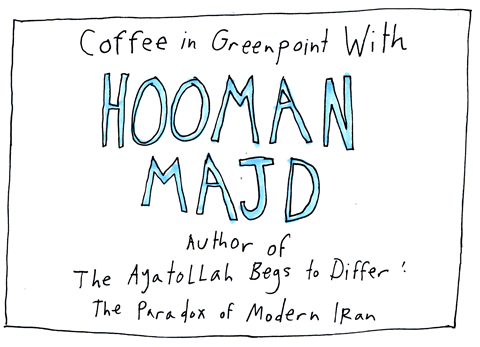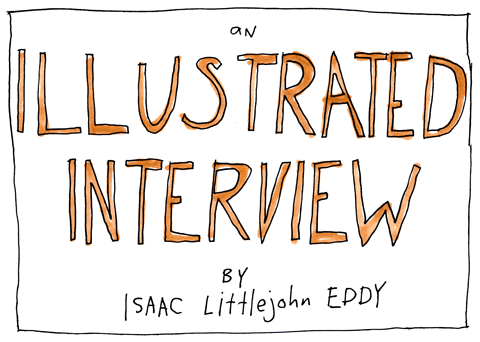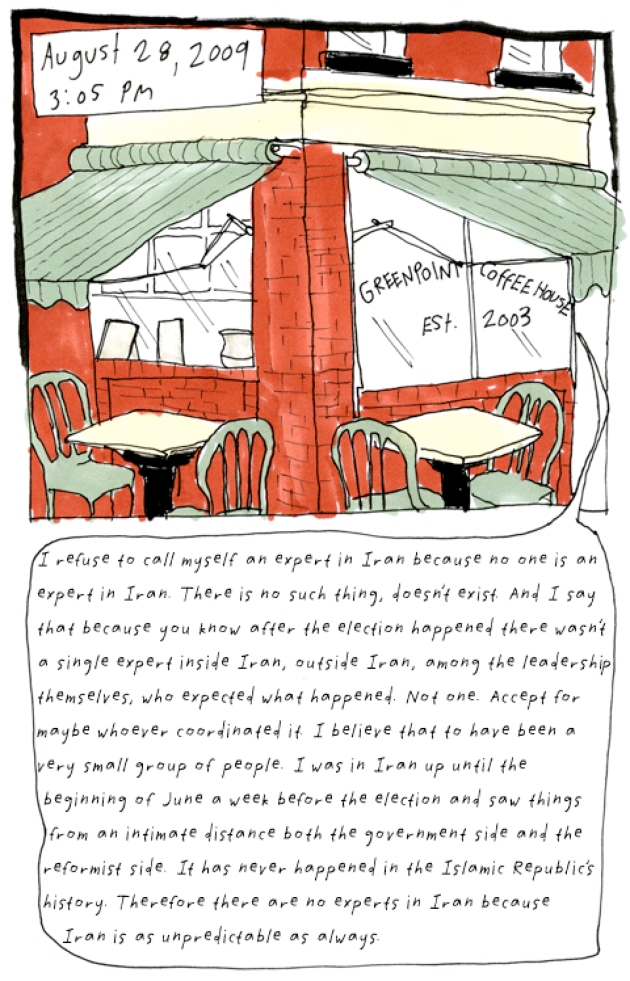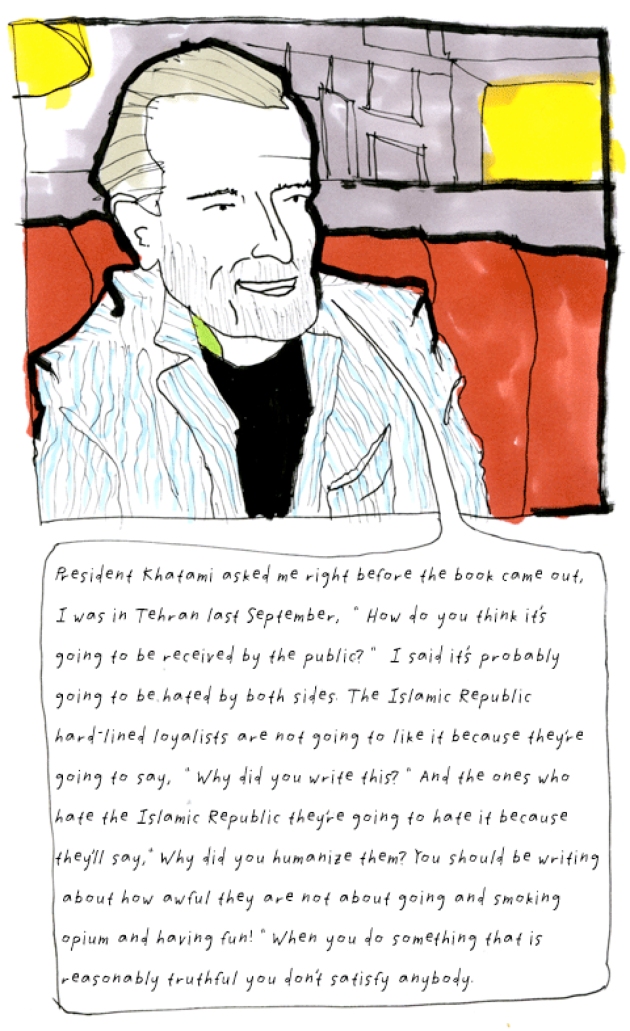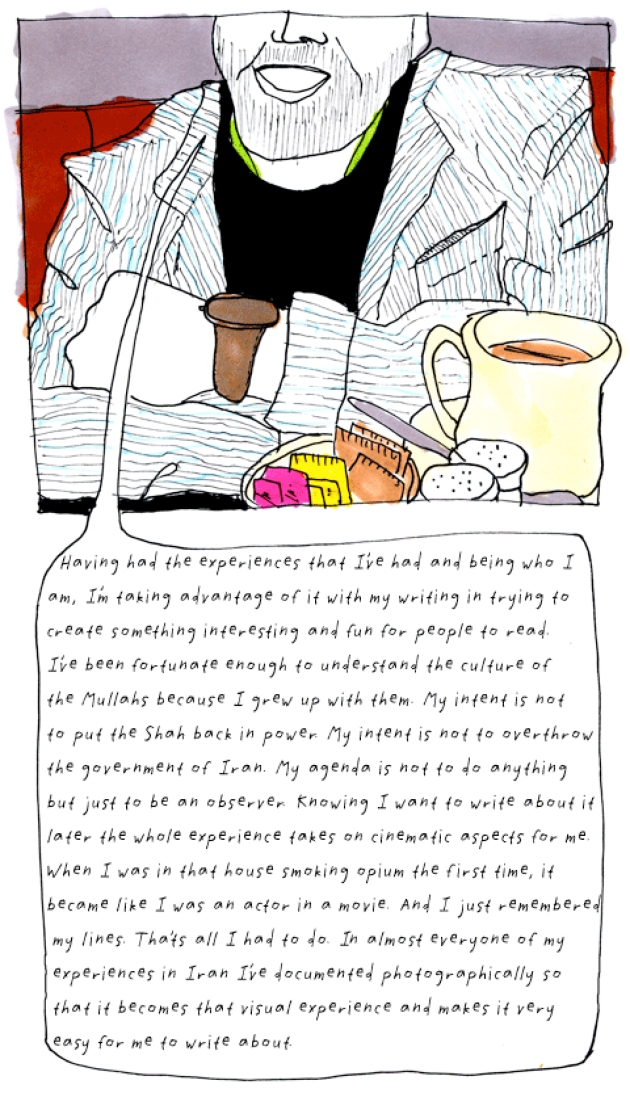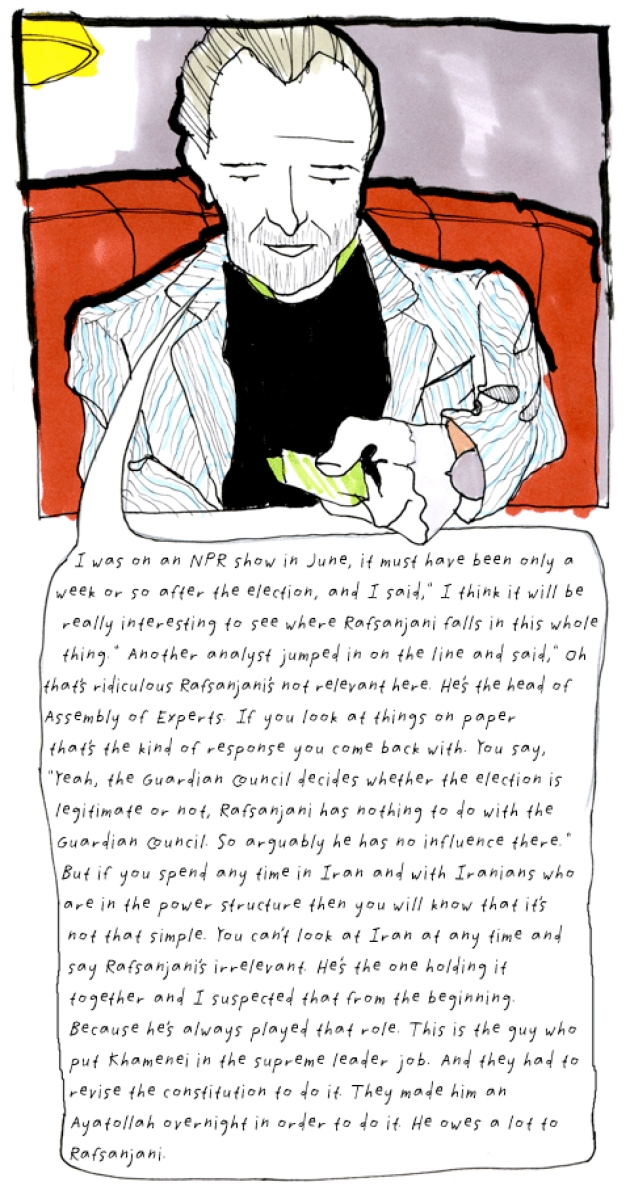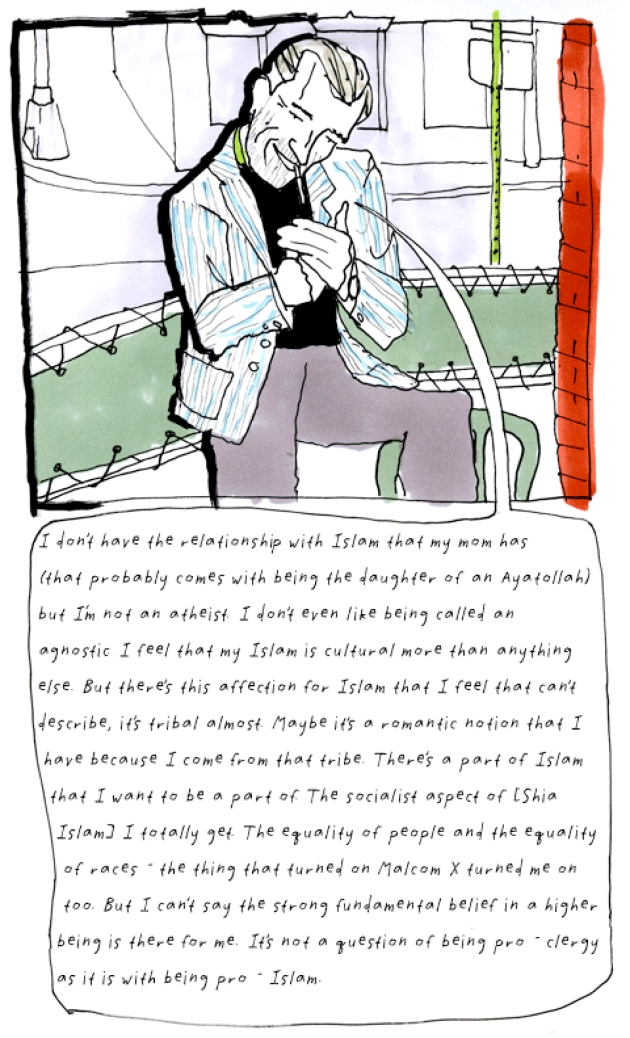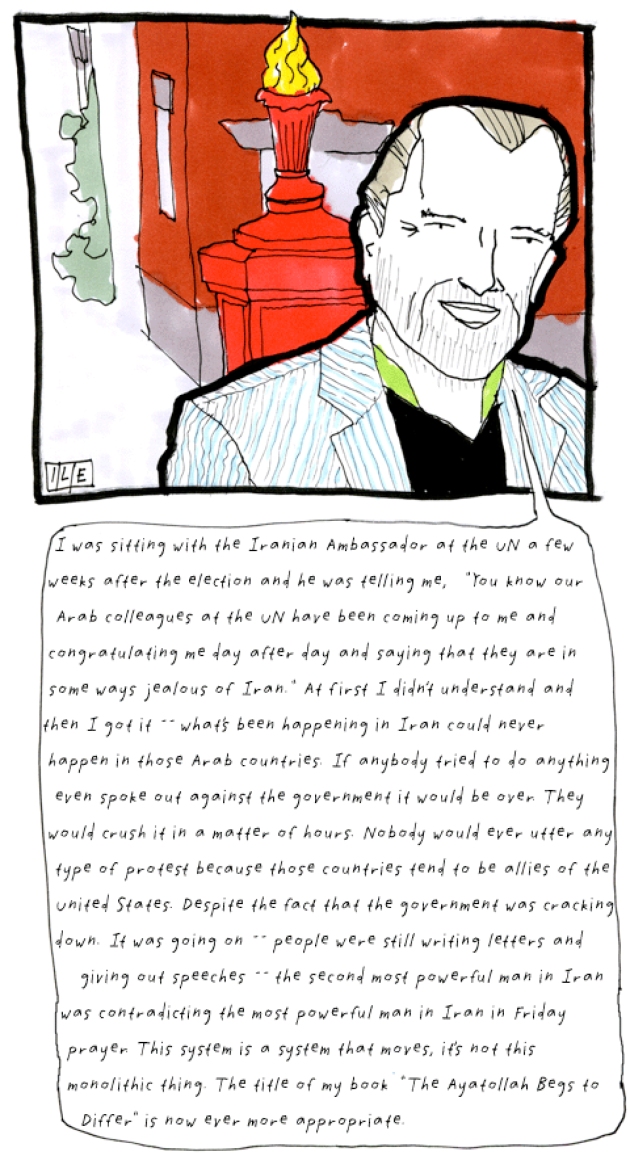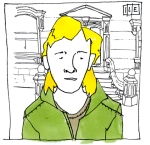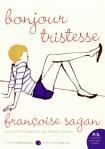Part Two: Faculty Fumbles
Okay—maybe my melodramatic yearning for my college days in my last post was a little premature (it was August, after all…). But now that a chilly bite in the air greets me every morning and a jacket is more of a necessity than an accessory, there’s no excuse for me not to lament missing out on another year of collegiate delirium.
Last time I tackled the dark side of students’ social lives, but it should be noted that there are also plenty of great novels that skewer a group of people who behave badly before darkness falls: the faculty.
Now, I’m actually lucky enough to have really loved my professors in college. We had these fantastic, basically collaborative working relationships and, after those four years, we remain pretty close. From what I gather, though, the typical college faculty member is often a chilly, self-important cipher; an obstacle rather than an aide; at best, some kind of twisted frenemy. Hell, even I will admit to having one or two professors like that (you know who you are!).
Luckily, here are three books that shed some [farcical] light on the foibles of life on the faculty—each serving its own special brand of comeuppance:
Tactless, tacky, and tawdry, Jim Dixon is a Medieval history lecturer at an unnamed British university; it’s a position to which he is not particularly dedicated and at which he is not especially good. After making a rather bad first impression upon the rest of the history faculty, Jim tries to ensure his first year at the institution won’t be his last by sucking up to his superior: a nearly brilliant-but-senseless man called Professor Welch. The more enmeshed he becomes with Welch, though, the more problematic his life becomes. With Jim’s truly grating, suicidal sweetheart (another lecturer senior to him) pulling at him from one end and the beautiful Christine, Welch’s son’s fiancé, pulling at him from the other, it’s only a matter of time before he cracks. And that’s just what he does—while drunkenly delivering a lecture before the school. Jim’s speech on “Merrie England” quickly degenerates into a series of barbs about all of his pet peeves, most pointedly Welch himself. Needless to say, Jim’s career at the university isn’t long-lived after that. But it’s truly one of the most uproarious comedic climaxes in all of literature. And, somehow, Jim still manages to get the last laugh.
Timofey Pnin, professor of Russian at the fictional Waindell College, is probably the kind of professor who would become a favorite of the student body. This isn’t because he’s particularly compelling or laid back or funny. Rather, it’s because this peculiar little Russian émigré is completely ineffectual and hopelessly tragic. Basically: a real pushover. In the protagonist’s defense, he is not an idiot, nor much of an intentional troublemaker. He simply cannot adapt to life in the United States after hurriedly leaving Europe after what he calls the ‘Hitler war’. Nevertheless, failure is imminent. The book (a collection of linked stories) opens with Pnin traveling to deliver a lecture at another institution. Quite naturally, however, he has boarded the wrong train. Hilarity ensues. Not all of Pnin’s turmoil is set in the classroom, though; a truly gruesome (and side-splitting) visit from his ex-wife lends some personal background to the character. Nevertheless, it’s his ongoing conflict with the rest of the language department that does him in, and Pnin is dismissed from Waindell, set free to bluster—ineffectually and tragically—into an uncertain horizon.
When a campus novel opens with its anti-hero hiding in the rafters above a meeting where the faculty just narrowly misses the needed number of votes to approve his dismissal, you know you’re in for a memorable campus satire. William “Hank” Henry Devereaux, Jr., interim chairman of the English department at a fictional Pennsylvania state university, is essentially a jackass and, In the face of looming budget cuts, faculty layoffs, and a possible prostate condition, he quickly begins to unravel. Among student-teacher flirtations and hilarious riffs on creative writing workshops, Hank becomes so unhinged that he publicly grabs a goose on campus (misidentifying it as a duck, naturally) and threatens to kill one a day until he receives the budget he’s requested for the following year. It’s when a goose really does turn up murdered, though, that Hank’s problems truly begin.
Jim, Pnin, and Hank almost certainly bring all this grief onto themselves, but it’s a little difficult not find a tiny soft spot in your heart for them. Still, while things don’t work out particularly well for any of them, readers will still be blissfully amused from cover to cover, riding a euphoric wave of schadenfreude. It’s the perfect way to release any pent-up aggression that still lingers for your college professors—or a nice reminder of how terrific they actually were.
Next time: The Big Finish. . .

David Archer is a publicity assistant at Vintage Books & Anchor Books. He graduated from Bennington College in 2008 and hasn’t gotten over it yet.



